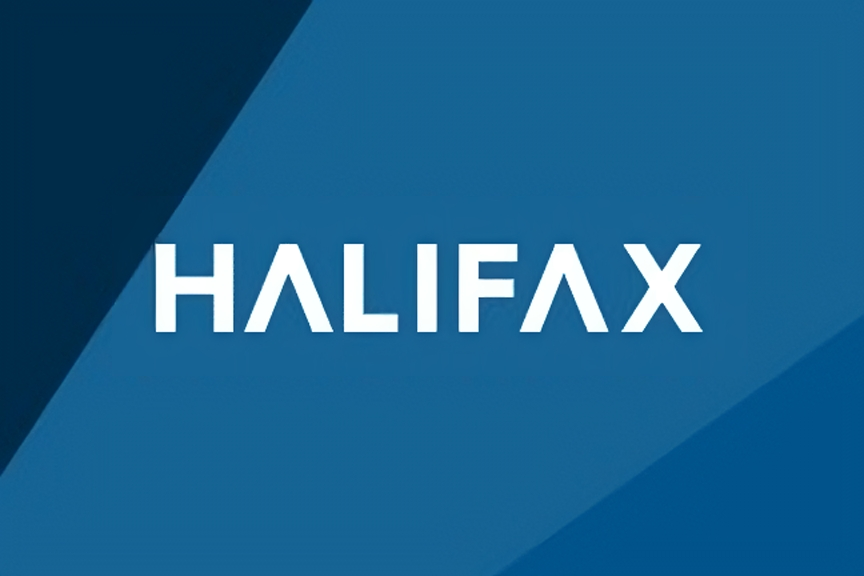
Potamogeton perfoliatus (perfoliate pondweed). Photo credit: Donald Cameron, 2022
Nuisance aquatic weed growth in Lake Banook and Lake Micmac was first reported to the municipality in summer 2009. Specimens collected during those years indicated the weeds of interest were non-invasive native species, primarily of the pondweed family.
In 2013, the municipality contracted Stantec Consulting Ltd. to assess the causes and possible solutions to the ongoing nuisance aquatic weed growth in the lakes. This led to a pilot study that ran from 2015-2018 to conduct weed monitoring and weed harvesting services, respectively, on Lake Banook and Lake Micmac.
The study found that the weed harvesting was making an impact on weed density over time and would continue to decrease biomass of the nuisance aquatic weeds. Therefore, it was recommended that weed harvesting continue.

Elodea canadensis (Canadian pondweed). Photo credit: Rohan Wells, Date taken: 8 August 2008
After the conclusion of the pilot study, Regional Council accepted the recommendation that the municipality contract weed harvesting services to focus on target areas of Lake Banook and Lake Micmac. The current weed harvesting program on Lake Banook and Lake Micmac began in 2021 and is expected to run through 2024.

Harvested nuisance weeds in mesh bags on the beach
Weed monitoring services will help target locations for focused harvesting and will document the extent and effectiveness of the harvesting activities. These services will permit staff to show the harvesting locations, the volume of weeds harvested and relative change in weed canopy year over year, and to conduct detailed project assessment.
The harvesting plan aims to:
- minimize the impact of aquatic weeds on recreational and competitive boating in the lakes;
- reduce year-over-year growth in standing plant matter;
- remove phosphorus from the lake system; and
- mitigate risks from loose weed cuttings, impacts on adjacent property owners, and the potential for inadvertent fish mortality.
Frequently Asked Questions
- Why is the municipality harvesting weeds in Lake Banook and Lake Micmac?
-
Lake Banook and Lake Micmac are regional recreational assets for the municipality that serve the recreational and competitive paddling communities. Aquatic weeds at or near the lake surface pose safety hazards to boaters and limit the opportunity for fair competitions on the Lake Banook racecourse.
In February 2015, Regional Council directed staff to proceed with mechanical weed harvesting. Upon conclusion of the study in 2020, Regional Council recommended to continue weed harvesting in Lake Banook and Lake Micmac.
- What is the weed harvesting schedule for 2022?
-
In 2022, the weed harvesting took place between July 10 and September 30.
- What happens to the weeds after they are cut?
-
The mechanical harvester automatically collects the weeds in a bag immediately after they are cut, and the bag is tied off by operators when it is full. Full bags are towed by the harvester until the end of the day, then they are deposited into a container. Harvested weeds are transported to a designated compost facility for final disposal.
- What weeds are the focus of harvesting operations? Are they invasive?
-
Three pondweeds form the focus of the municipality’s harvesting efforts. Although native to Nova Scotia, their growth in recent years has become so abundant, and their distribution so broad, that they now pose both a nuisance and a potential hazard to boaters in some locations. However, they are not considered an invasive aquatic species.
Lily pads and other species of aquatic plants are not part of the scope of this project, and therefore will not be removed by the municipality.
- Why are other species, such as lily pads, not included in this project?
-
In the study that informed this project, three species of weeds were identified as nuisance species in Lake Banook and Lake Micmac: Potamogeton perfoliatus, Potamogeton foliosus, and Elodea canadensis.
These are the species being targeted by the current harvesting as they impede the race lanes for canoe and kayak competitions. The goal of this project is not to remove all aquatic vegetation from the lakes, but to maintain Lake Banook and Lake Micmac for use by the canoe- and kayak-racing community.
Other aquatic species, such as lily pads, are not included in this project because they were not identified as nuisance species by the initial study. These other species are also not affecting the ability of the boating community to host races and conduct their training activities. In addition, species like lily pads tend to grow in shallow water, which is largely inaccessible with harvesting equipment.
- Why use this strategy to manage aquatic weeds?
-
Based on the findings of the pilot study, weed harvesting was found to be the most effective way of managing the target species of aquatic weeds without using chemicals known to negatively impact lake ecosystems.
Harvesting the nuisance weeds will slowly decrease their biomass with minimal opportunities for invasive species of plants or cyanobacteria to take over.A major contributing factor to the abundance of these weed species is high phosphorus levels in Lake Banook and Lake Micmac. Weeds removed during harvesting activities also remove the phosphorus they have used during growth from the lake system.
Other municipal initiatives to reduce phosphorus input include our Canines for Clean Water program, the installation of netting to prevent birds from gathering under the Highway 118 overpass, and resources for homeowners to manager stormwater runoff on their properties.
- Who should I contact with questions?
-
Residents with concerns about weeds in Lake Banook and Lake Micmac should call 311.
More information about the project is available on the website.








